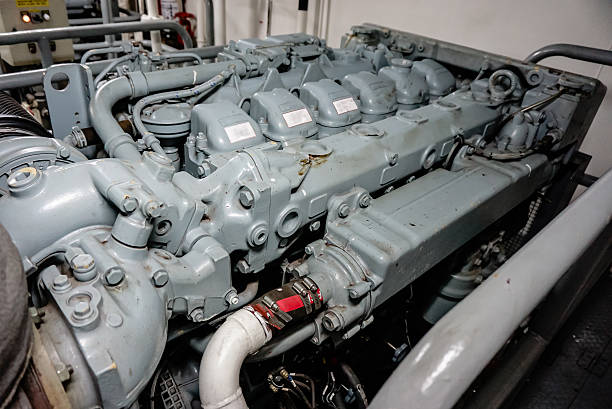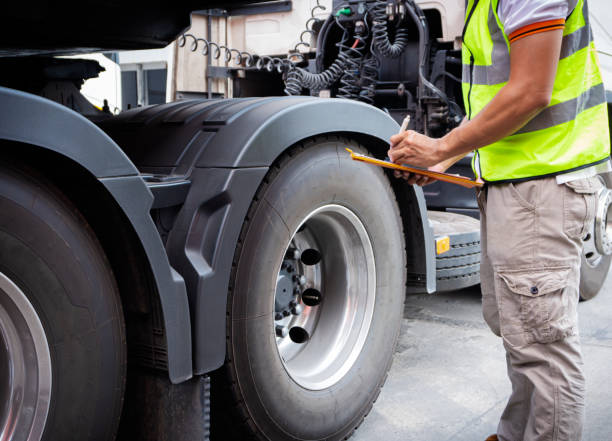Maintaining the performance of your marine engine is crucial for both efficiency and longevity. One of the key components that plays a huge role in ensuring your engine runs smoothly is the turbocharger.
Contents
Why Turbochargers Matter for Marine Engines
Turbochargers are essentially responsible for improving the power and efficiency of your engine by forcing extra air into the combustion chamber. The more air your engine gets, the more power it can generate. This is especially important in marine applications, where engines need to produce high amounts of power to cope with the heavy demands placed on them.
But here’s the thing: turbochargers aren’t set-and-forget components. If neglected, they can cause a range of problems, including reduced engine performance, increased fuel consumption, and potential failure. With proper care, though, you can ensure they deliver optimal performance throughout their lifespan.
Common Turbo Issues and Their Impact
You might not always be able to spot turbo issues immediately, but they can creep up and cause significant damage if left unchecked. Some common signs of turbo problems include:
- Loss of engine power
- Increased exhaust smoke
- Whining or unusual noises from the turbo
- Higher-than-usual fuel consumption
- Leaking oil around the turbo housing
When you notice these signs, it’s crucial to address them quickly. Neglecting these issues could lead to the need for turbo rebuilds, which, while sometimes necessary, can be avoided through proper maintenance. Of course, if you do need a rebuild, make sure you choose the best professional for the job. You cannot afford to take a risk.
Essential Steps for Turbo Maintenance
So, what can you do to keep your turbocharger running smoothly and avoid costly repairs? Here are five key maintenance steps you should incorporate into your routine:
1. Regular Inspection of Turbo Components
The first step in turbo maintenance is simply being proactive about inspections. Regularly checking your turbo for signs of wear, oil leaks, or damaged components is key. This allows you to catch potential problems before they escalate into something more serious.
Look out for:
- Cracks in the turbo housing
- Loose bolts or connections
- Excessive oil build-up
By keeping an eye on these things, you can avoid engine performance issues that could come from unnoticed turbo problems.
2. Maintain Oil Quality and Levels
Your turbo relies heavily on oil for lubrication. Poor oil quality or low oil levels can lead to the turbocharger overheating or even seizing up. Always ensure that you’re using the manufacturer-recommended oil and that it’s changed at the correct intervals. Dirty or low-quality oil can cause carbon build-up, leading to inefficient turbo performance.
Additionally, keep a regular check on the oil filter. A clogged filter could reduce the oil flow to your turbo, resulting in faster wear and tear.
3. Ensure Proper Air Filtration
Clean air is crucial for the efficient functioning of your turbocharger. A dirty or clogged air filter can allow debris to enter the turbo, damaging the turbine blades or causing the turbo to overwork. This leads to reduced engine performance and potentially catastrophic failures if not addressed.
Make sure to:
- Replace air filters regularly based on the manufacturer’s recommendations
- Check for debris in the air intake system during routine inspections
- Ensure there are no air leaks in the system that could compromise turbo performance
4. Monitor Exhaust Gas Temperatures
One of the main causes of turbocharger failure is excessive exhaust gas temperatures (EGTs). When exhaust gases are too hot, they can cause the turbocharger components to wear out quickly. Installing an EGT gauge can help you monitor these temperatures in real-time and make adjustments as needed.
If you notice the EGTs climbing too high, it could be a sign that your engine is overworked, or your air-fuel ratio is off. Addressing these issues promptly can prevent damage to the turbocharger and the engine as a whole.
5. Use Your Engine Properly
Turbochargers need a little care when it comes to how you use your marine engine. Avoid revving your engine too hard when it’s cold, as this can cause excessive stress on the turbo. Give your engine enough time to warm up properly before pushing it to full capacity.
Similarly, when shutting off the engine, let it idle for a minute or two. This gives the turbo time to cool down gradually, preventing sudden temperature changes that can damage the components. Sudden shutdowns can cause the oil in the turbo to overheat, leading to wear and possible failure over time.
The Long-Term Benefits of Proper Turbo Maintenance
Taking the time to maintain your turbo properly not only boosts your engine’s performance but also extends its overall lifespan. By reducing wear and tear, you’re less likely to encounter major failures, and your engine will run more efficiently, which translates into lower fuel costs.
Regular maintenance also ensures you’re complying with environmental standards, as a poorly maintained turbo can cause increased emissions due to unburned fuel in the exhaust. So, you’re not just saving on costs—you’re also doing your part for the environment.
Time to Prioritise Turbo Maintenance
Your marine engine is a crucial part of your vessel’s operation, and the turbocharger plays a vital role in its performance!



